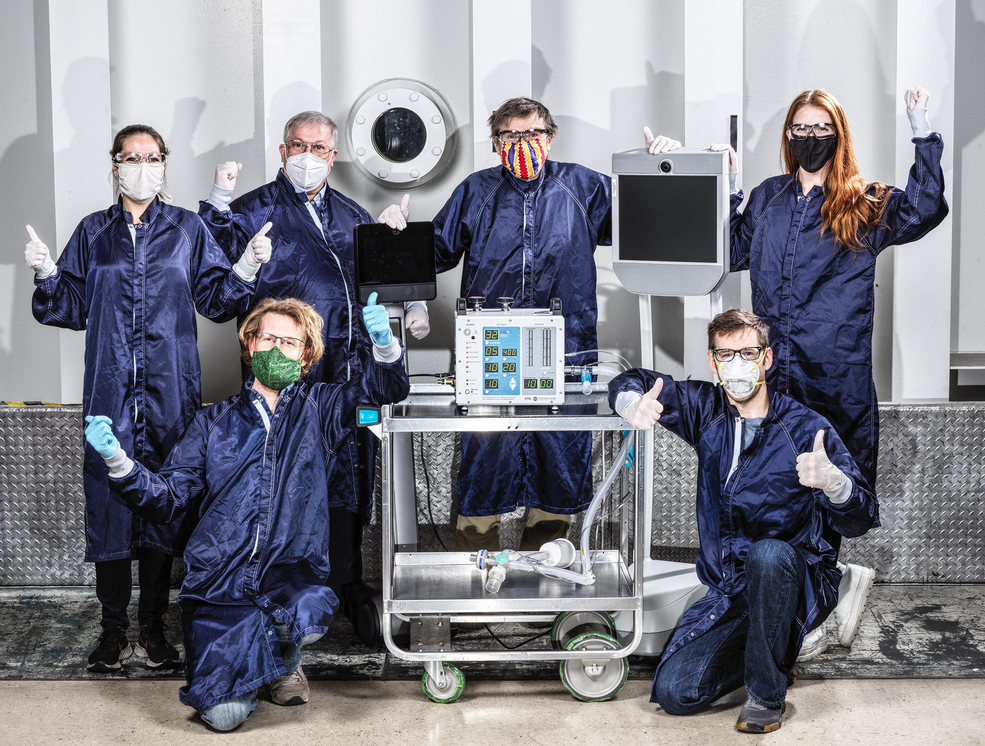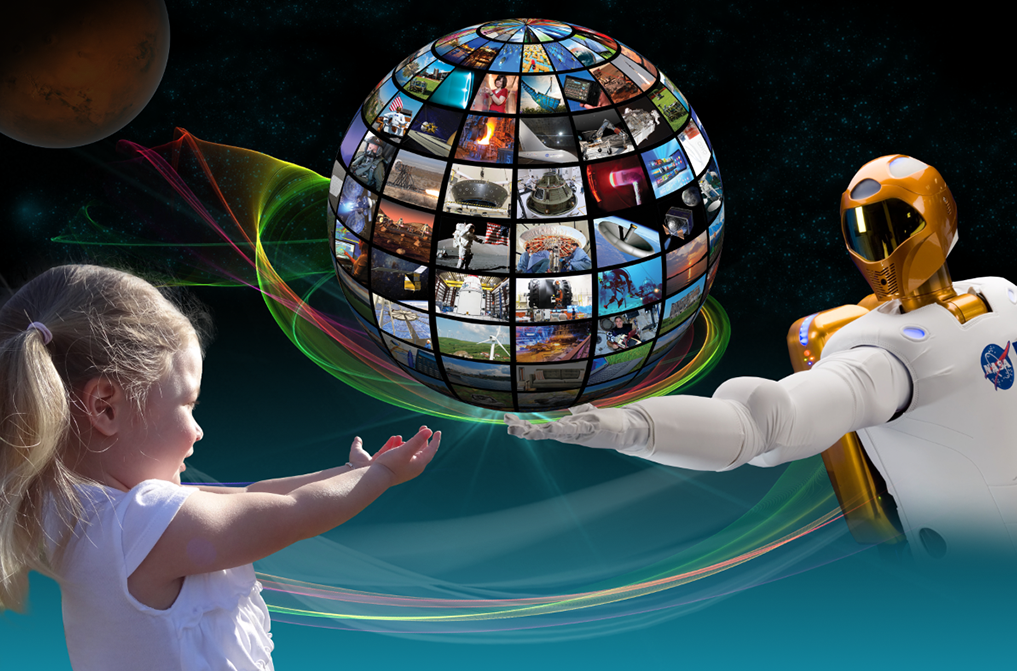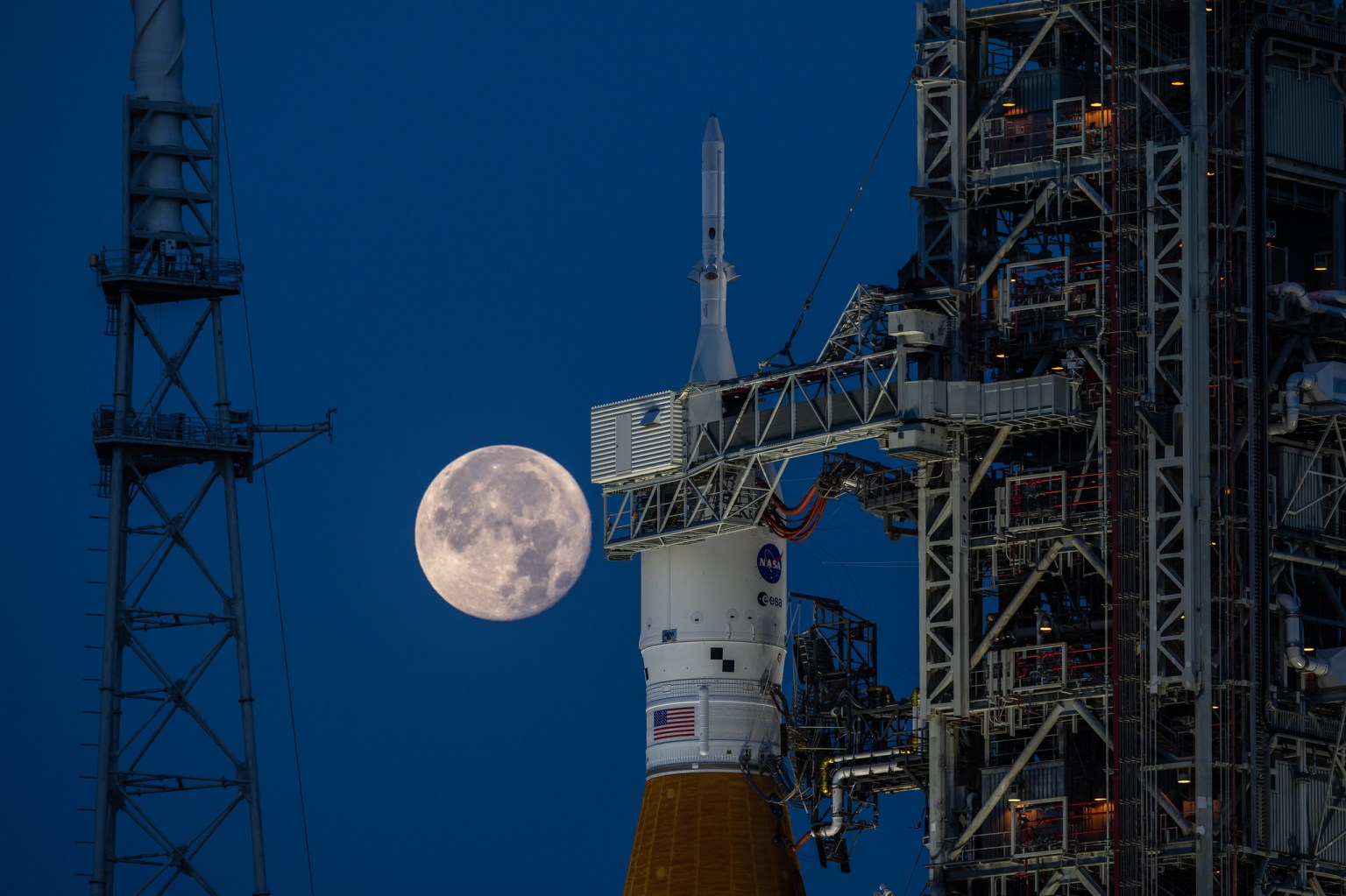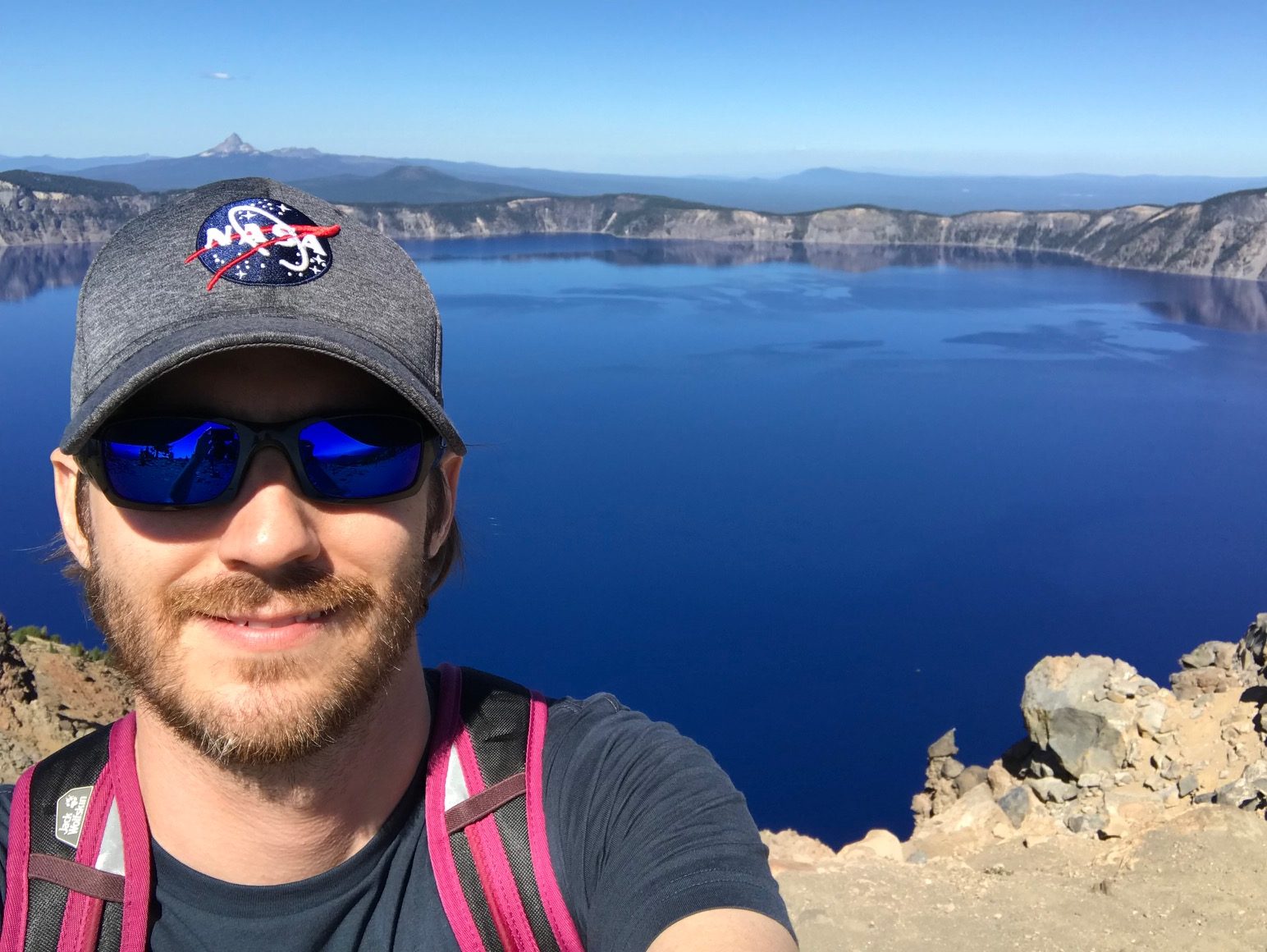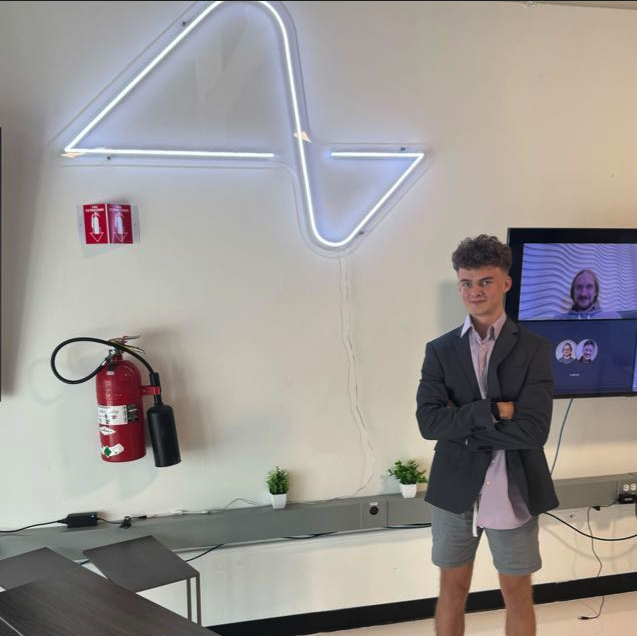NASA Makes It Easier to Find Assistive Technologies for Licensing
NASA develops a variety of technologies to explore space and beyond for the benefit of humanity. One measure of its success is the impact on the daily lives of millions of people with injuries and disabilities who are assisted with innovative treatments and products developed from NASA-derived technology. After all, it was thanks to NASA’s […]
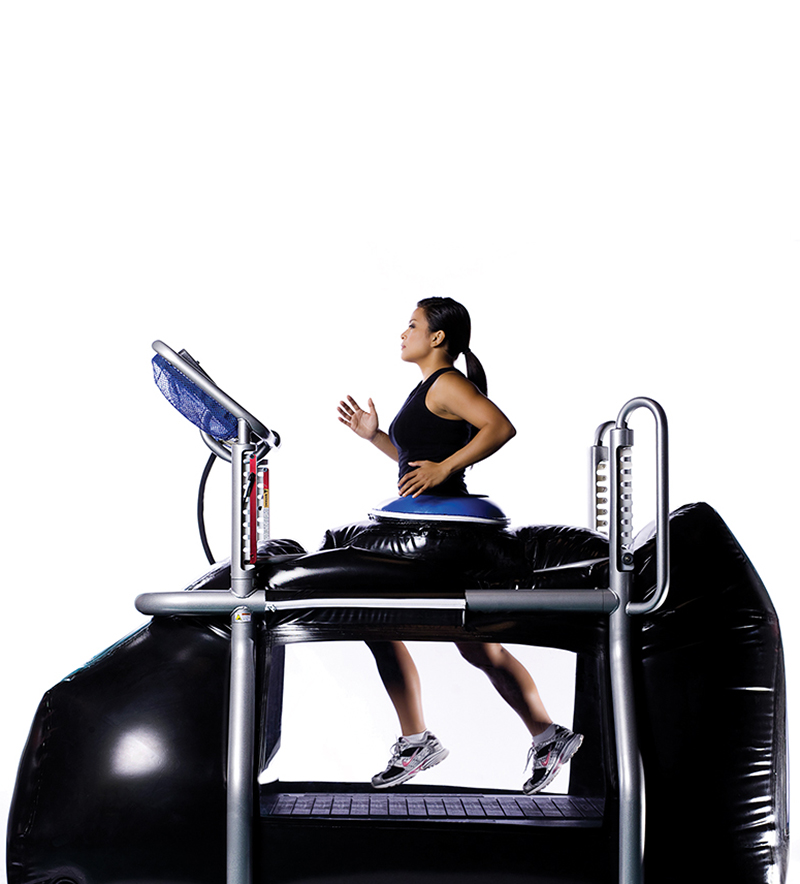
3 min read
NASA Makes It Easier to Find Assistive Technologies for Licensing
NASA develops a variety of technologies to explore space and beyond for the benefit of humanity. One measure of its success is the impact on the daily lives of millions of people with injuries and disabilities who are assisted with innovative treatments and products developed from NASA-derived technology.
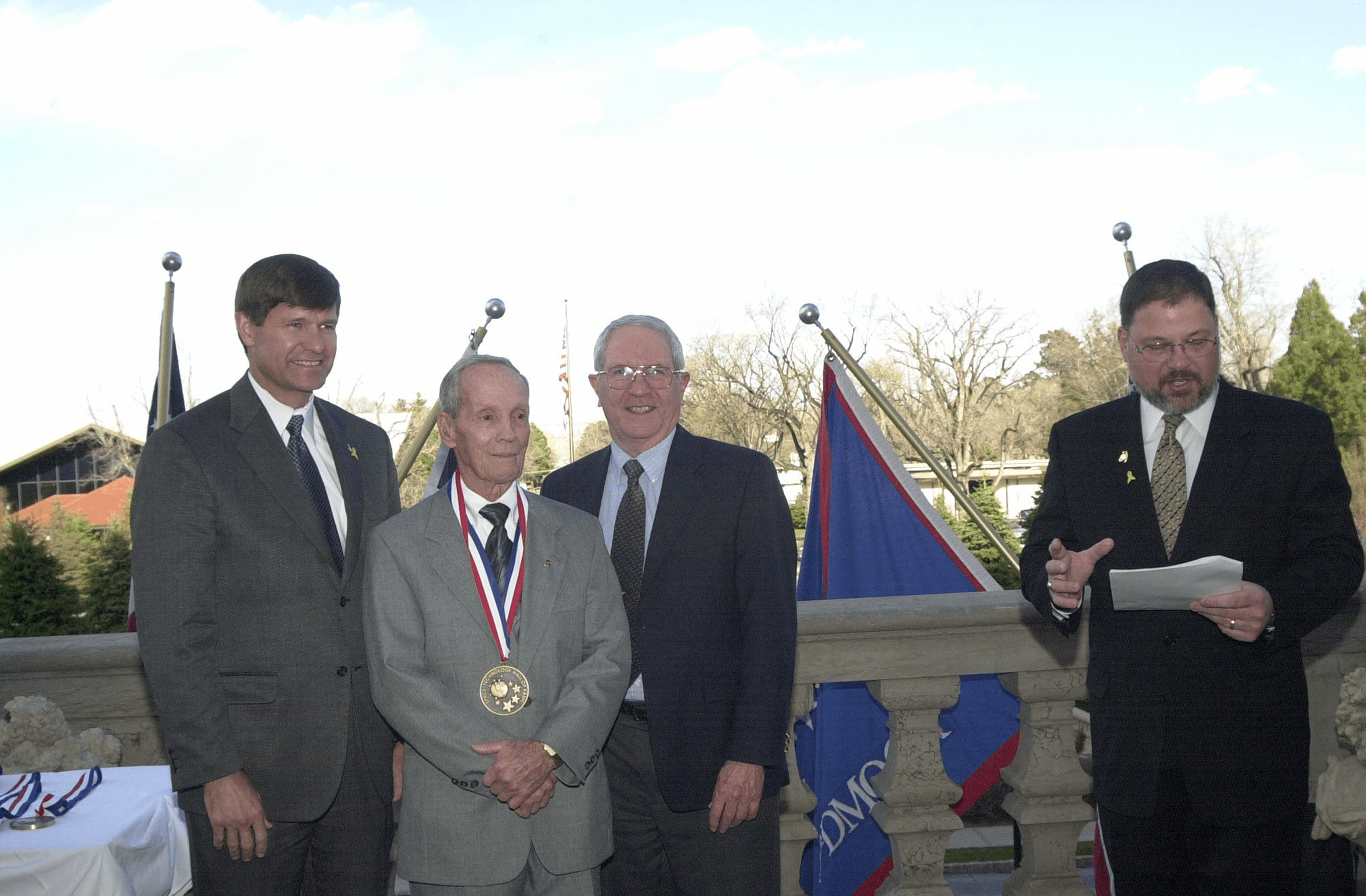
After all, it was thanks to NASA’s resources that Adam Kissiah, an electronics instrumentation engineer at NASA’s Kennedy Space Center, was able to create what would become the cochlear implant. This assistive technology is now considered a medical wonder and has restored hearing to hundreds of thousands of adults and children across the planet since its creation nearly 50 years ago.
And now, NASA is making it easier than ever to find and access patented inventions born from space exploration that could help design or manufacture assistive technologies. To help spur the next generation of assistive technologies, NASA has compiled patented technologies with potential applications to this industry in one place. Companies are invited to browse the list for innovations that can help improve an existing product or launch the creation of something new.
“NASA is no stranger to improving the world of health and medicine. Our technologies benefit all humanity, and making them easier to find for companies creating these tools to improve people’s quality of life just made sense,” said Dan Lockney, program executive for NASA’s Technology Transfer program. “We can’t wait to learn how these innovations born from NASA expertise will help people lead healthy, productive, and independent lives.”
According to the Assistive Technology Industry Association (ATIA), assistive technologies are products, equipment, and systems that enhance learning, working, and daily living for people with disabilities. This includes everything from hardware, such as prosthetics, hearing aids, and wheelchairs, to software like screen readers and communication programs.
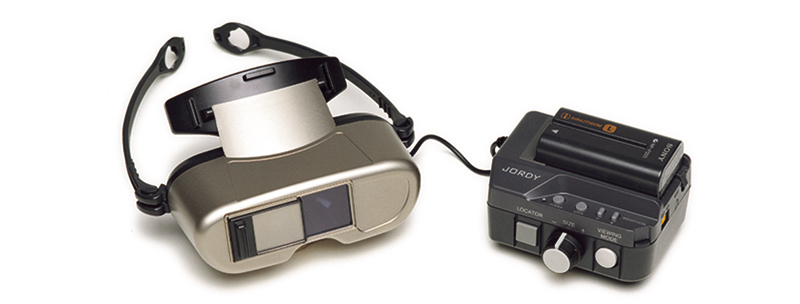
Another notable NASA assistive technology spinoff is JORDY, or Joint Optical Reflective Display. The device enables people with low vision to read and write. JORDY enhances an individual’s remaining sight by magnifying objects up to 50 times and allowing them to change contrast, brightness, and display modes, depending on what works best for their low-vision condition.

The curated list on technology.nasa.gov features hardware and software available for licensing, including:
- A robotic upper body exoskeleton that helps the user control the shoulder and elbow to rehabilitate people suffering from the effects of a stroke or traumatic brain injury
- A glove to help reduce the grasping force needed to operate tools for an extended period of time, born from a collaboration to build a robotic astronaut
- 3D printing techniques to help build delicate or complex parts
- New and improved processes to fabricate circuitry
In January 2024, representatives from NASA’s Technology Transfer program will be present at the ATIA conference in Orlando, Florida. Attendees will be able to learn more about the assistive technologies available for licensing.
NASA’s Technology Transfer program, managed by the Space Technology Mission Directorate, ensures technologies developed for missions of exploration and discovery are broadly available to the public, maximizing the benefit to humanity. Learn more by visiting the Technology Transfer Portal at:
Discover More Topics From NASA

